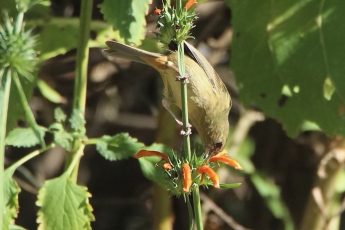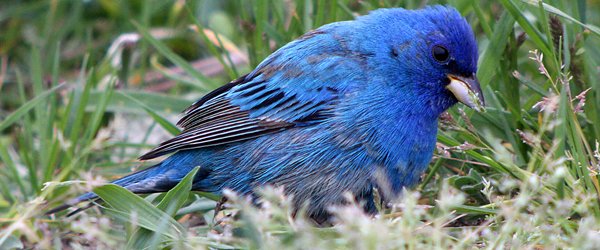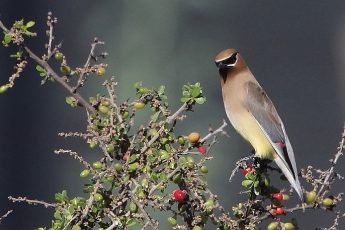Britain might have had new species to add to it’s list, then again maybe it didn’t. Not only seen by hundreds of observers, many of whom are highly experienced and knowledgeable birders, including some of the creme de la creme of British birding, but trapped, biometrics extracted, photographs and video taken, yet the identification of this particular ficedula flycatcher remained a mystery for all of its near two week stay.
Was it a smart 1st-summer male flycatcher an Atlas Flycatcher far from it’s usual haunts in the Atlas mountains in Morocco? Or was it a hybrid Pied x Collared Flycatcher forever blackened by its mixed parentage and deemed not worthy of a place on our list? What became apparent is that the resolution to this particular problem lay not with the field skills of mere mortal birders, no matter how much detail could be observed, noted and pored over the answer is beyond birding in the traditional sense.
This conundrum has given me much food for thought about birding as it is here and now. To be at the cutting edge now a birder can no longer just be a birder. The disciplines that need to be learned are many, wide-ranging and complex and perhaps beyond the scope of all but the professional ornithologist.
The modern birder has to be a photographer, versed in the ways of f-stops, ISO, light-metering; a thorough grasp of post-processing techniques and a sound knowledge of the baffling ways of the near cult-religion of Adobe Photoshop.
If that visual and technical challenge weren’t enough you need to be aurally aware and an accomplished sound recordist, comfortable with mp3, you just won’t cut the mustard unless you’re discussing the up-slurred curve on your latest sonagram across the internet.
The internet, don’t forget the internet, HTML, blog formats, photo upload, RSS Feeds, which browser, broadband speeds ( does anyone ever get what is promised?), list-servs, newsgroups, photo-sharing…
Oh and better concentrate in science classes as you also need to be a part-time scientist cum biologist with a complete grasp of the concepts of both mitochondrial and nuclear DNA Analysis and just in case why not tag on a short course in stable isotope analysis?
If you have time of course you might want to brush up on your field identification skills and knowledge of both bird topography, behaviour and migration strategies it all helps. Phew! Where to start, I struggle sometimes, who I am kidding I struggle every day to keep up but joking aside it is the complexity, the ongoing challenge of learning every day but most of all the thread that binds it all together (the birds of course) that makes birding such a great thing to integrate into my daily life.
The flycatcher was neither a first for Britain, nor was it a hybrid as DNA Analysis finally revealed it to be a fairly common Pied Flycatcher albeit one that had some pretty incredible looking field marks. I’ve been lazy and haven’t sourced an image of the bird in question but if you put ‘possible Atlas Flycatcher’ into your search engine to look be prepared to lose a week of your life.
Instead here’s a bird that I found last week, this one was a little easier to identify.
PS, just in case you were wondering Iphone-scoped using an Iphone 4 through Leica APO Televid 20-60x Zoom at a distance of about 20m from subject and it’s a Bluethroat. (identification arrived at without DNA Analysis).







 New writers welcome – please contact us for details.
New writers welcome – please contact us for details.

















Birding is much simpler (and more fun as far as I’m concerned) if you just admit that some birds are not going to be identified for sure. I see no need to be an expert in all of those things. Discussing the identity of odd and unusual birds can be fun, but there’s a limit to how much attention I want to devote to worrying about a single bird when I could use the time to be out seeing many birds.
I’d love to see your Bluethroat.